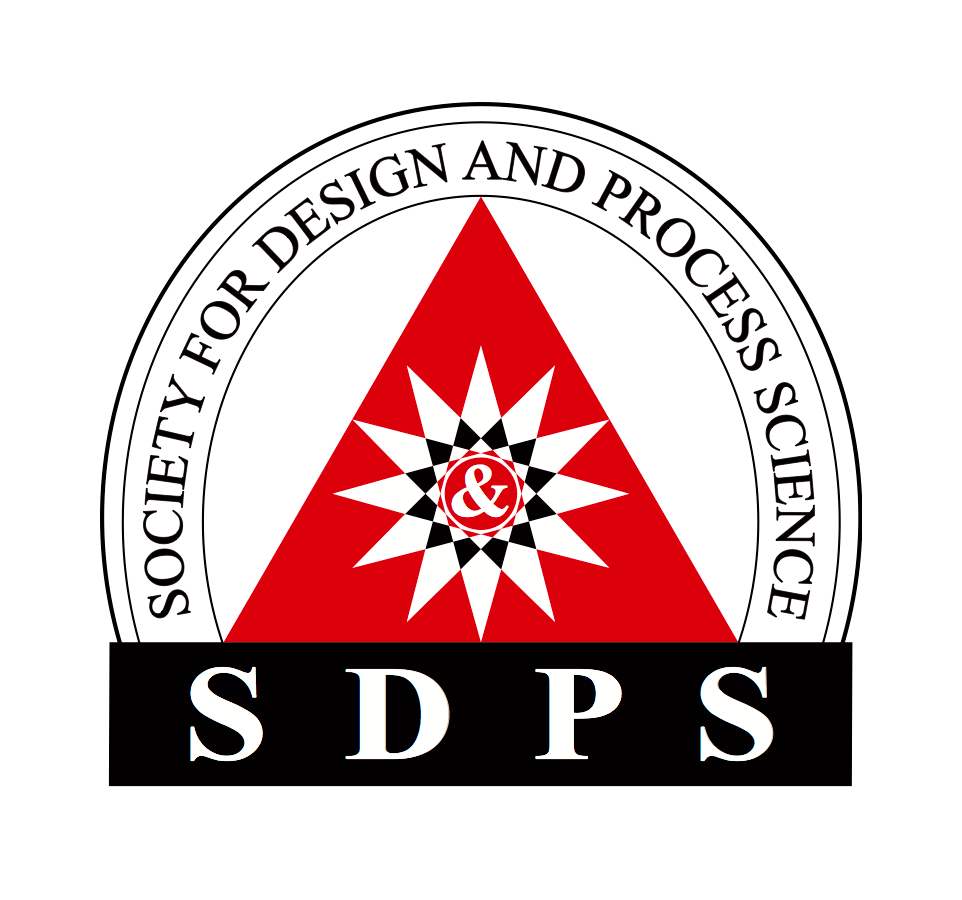Emblem

I was thus led to infer that the ground of our opinions is farmore custom and example than any certain knowledge. … the infinity of experiments I require, and which it is impossible for me to make without the assistance of others…
Descartes
Discourse on Methods, Original 1637, Open Court Pub., p.17, p.79.
There seems to be an evolving consensus that we need to have a permanent organization for the colleagues who have a genuine interest in interdisciplinary phenomena. This would lead to the establishment of a critical mass “to significantly improve our interdisciplinary collaboration and to develop an exacting technique in dealing with interdisciplinary phenomena.”
The fundamental notions of a design and process science incorporate the disciplines of mathematics, engineering, and science. As such, the design and process science constitutes the primary element for the integration of knowledge generated in the various segments of human society. To be able to deal effectively with interdisciplinary product development and technology integration, a common language must be established among the various disciplines. An effective way to achieve this common language is to gather the various disciplines under an umbrella organization: the Society for Design and Process Science.
To overcome the shortcomings of classical Cartesian mechanistic foundations and methods of traditional engineering, we must facilitate process-centered integration among the disciplines. Engineers, in this framework of integration, develop functional artifacts and services by taking into consideration the economical, environmental, and ethical aspects of human awareness. The corners of the triangle in the Emblem of the Society might be viewed as representing these three E’s of process-centered integration. The star-shaped polygon can be viewed as connections among various disciplines. The symbol “&” in the middle of the polygon can be viewed as the sign of the process-centered integration of these disciplines.
A brief review of history from the standpoint of ideas on “new knowledge generation” reveals three milestones. The first comes Plato, who suggests that new knowledge is generated mainly through deductive reasoning. The second is Aristotle’s idea that new knowledge is generated by observation as well as by deductive reasoning. As for the third, Descartes in establishing the modern philosophy of scientific method recognizes that experimentation, in addition to observation and deductive reasoning, is a means of generation of new knowledge. Since Descartes said “. . . the infinity of experiments I require, and which it is impossible for me to make without the assistance of others . . . ,” others have offered their assistance during the last 300 or more years by applying the scientific method and mechanistic philosophy to form disciplines which in turn were enormously successful in generating new knowledge in their respective domains. The success of these disciplines is so great that they now produce “great mountains of information” which humans cannot keep up with. The systematic and implicit influence of the mechanistic philosophy brought us to the current information explosion and to a compartmentalization of knowledge which in turn put us into a position to have great difficulty connecting results even in closely related fields. This is exactly where the Cartesian-mechanistic worldview exhausted its effectiveness and its methods began to fail.
An additional philosophical overloading of meaning incorporated in the Emblem could therefore be that the three corners of the triangle represent the three means of scientific method as outlined by Descartes and practiced since: deductive reasoning, observation, and experimentation. The polygon and the embedded “&” sign in the middle represents a new method of knowledge generation and storage by taking into account process-centered integration among the disciplines.
